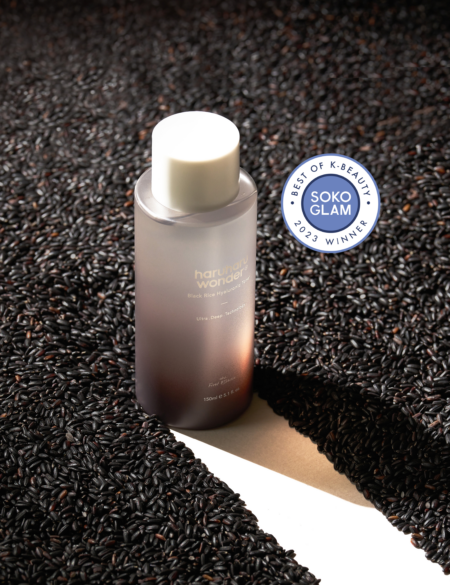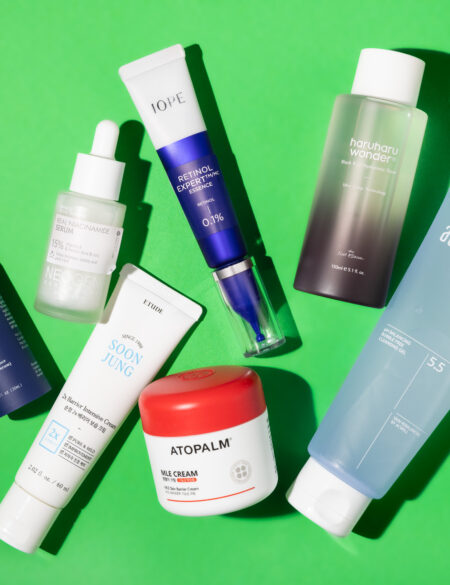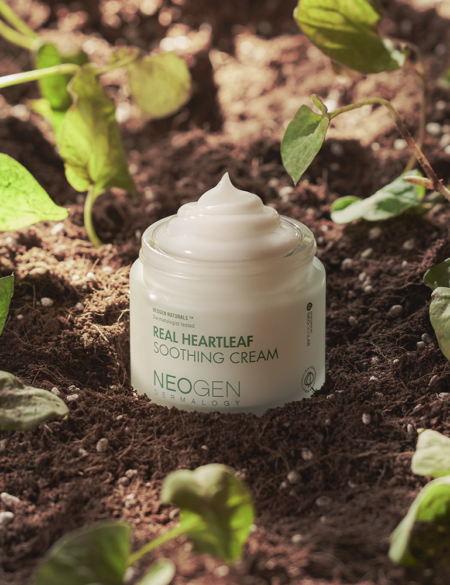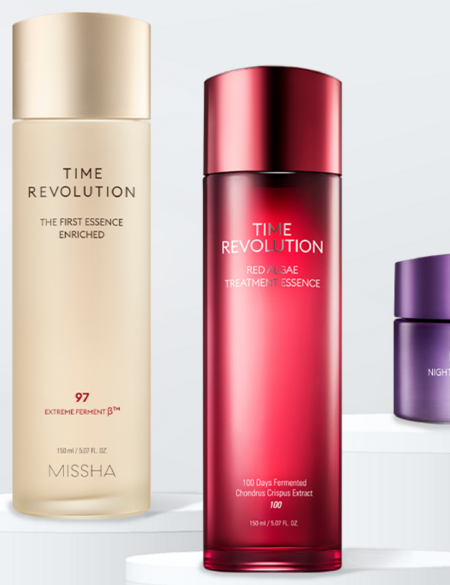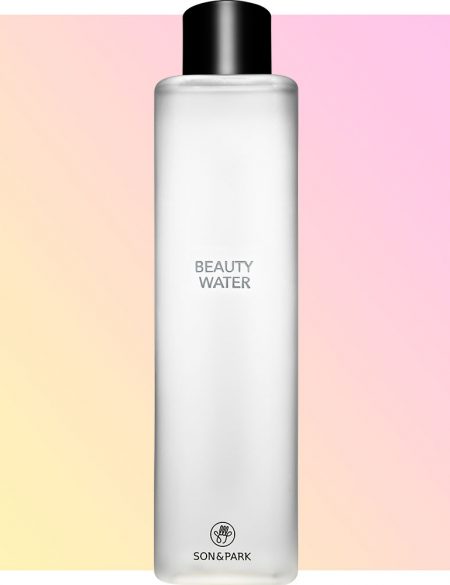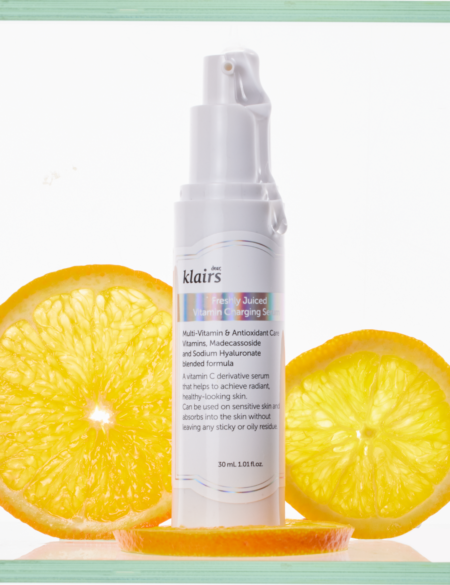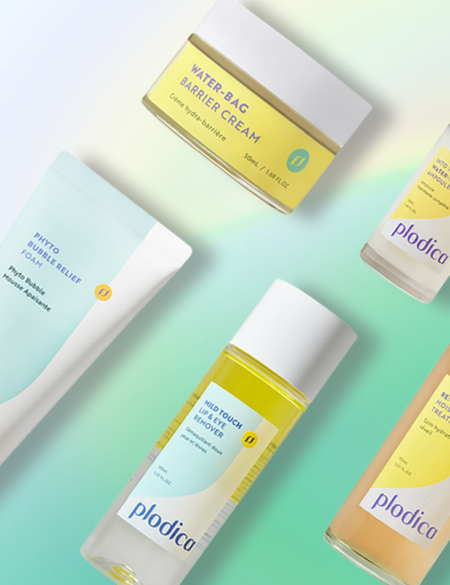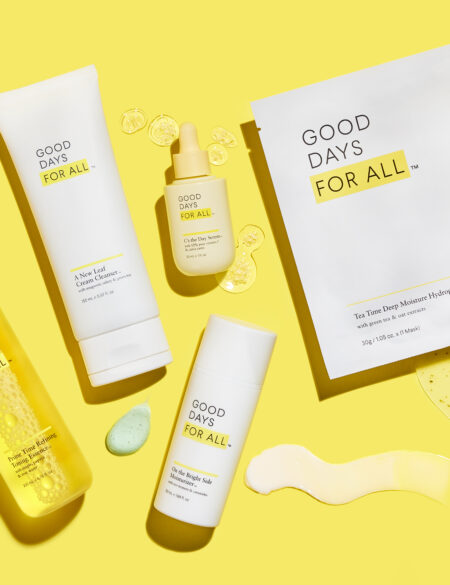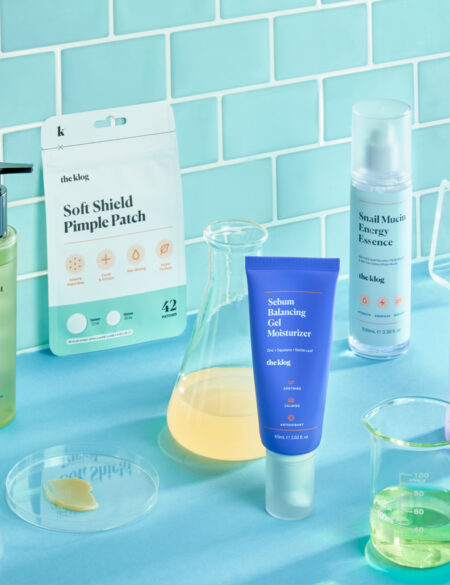My childhood introduction to lasers was fairly straightforward. There were sci-fi movies. There were those laser pointers that boys in my class used to torture substitute teachers. And there was a lot of talk around the dinner table about it when my parents both got Lasik eye surgery (it was just getting popular at the time).
I was terrified that something would happen to them. I had visions of technicians bumping into the machine and cutting my mother’s face with a laser. It wasn’t until almost twenty years later that I heard that lasers weren’t just for burglars to cut glass to get into an unsuspecting victims’ house or my mother’s eyeballs—they could also be used as an anti-aging treatment for skin.
I started seeing articles pop up about celebs who would swear they would never do Botox or go under the knife, but would happily admit to using laser treatments on their skin. I was intrigued. Was this the future? A knife-free solution for those who would otherwise seek out plastic surgery? I’m as big a coward as they come, and my quest for beauty stops right at my intense fear of needles and anesthesia. Are laser treatments the end-all-be-all? I asked Dr. Maryann Mikhail of Spring Street Dermatology for her thoughts.
Dr. Mikhail explained to me is that there are different kinds of lasers that treat different skin issues. Lasers “see colors,” she said, so different lasers can fix different problems. For people with excess hair, the Alexandrite or the ND:Yag laser would be the best option.
“For broken blood vessels, a pulsed dye laser. For sun damage, intense pulsed light. For acne scarring, wrinkles, pores, and skin texture, resurfacing lasers.” I thought it was basically the same as chemical exfoliation, but Dr. Mikail explains that when it comes to discoloration, “if it’s from acne scars, it’s generally treated with chemical exfoliation. For sun spots, it’s Intense Pulsed Light or IPL. You can definitely do both, just not at the same time.”
I’ve considered the idea of laser hair removal before. The best candidates are people with pale skin and dark hair, but lasers technology is improving and the range of skin tones that lasers can effectively remove hair from is definitely growing. But what I’m really interested in these days is laser resurfacing for anti-aging purposes.
The two different kinds of lasers that are most commonly used in resurfacing are CO2 and Erbium lasers—they vaporize damaged skin cells at the surface level. CO2 (carbon dioxide) lasers have been used for years to treat wrinkles, scars, warts, enlarged pores, and more. The newest kinds of CO2 lasers use either a very short, pulsed light energy or a continuous light beam delivered in a scanning pattern to remove thin layers of skin with minimal heat damage. (I feel like I’ve seen this on various shows starring the Kardashians.) Erbium lasers are designed to have fewer side effects and a quicker recovery time than the CO2 lasers. They’re also more effective if you have a darker skin tone. Like the CO2, they remove surface layers and relatively deep lines and wrinkles.
The side effects of laser resurfacing include swelling, bruising, redness, and flakiness, so you do have to prepare for 1-2 weeks of downtime. Depending on how invasive your laser treatment is going to be, your doctor may recommend that you abstain from any medications that could affect blood clotting, including supplements like Vitamin E, for up to 10 days before surgery. You may be prescribed antibiotics to help prevent infections, and if you smoke it is highly recommended that you abstain for two weeks before and after as smoking can prolong your healing time. Treatment can take anywhere from 30 minutes to two hours, depending on how much of your skin is being treated. Common areas are your hands, neck, upper chest, and face. It’s super important that you take extra care of your skin while you heal. That means getting no sun whatsoever, wearing sunscreen, using gentle petrolatum-based balms to help ease scabbing, and keeping your skin moisturized and clean.
All in all, laser resurfacing is a bit more intense than I thought it would be. It’s definitely considered to be in the realm of plastic surgery, though it obviously isn’t as invasive as going under the knife. It’s not a decision to be taken lightly, and there are side effects to be taken into consideration. The best thing about lasers, in my opinion, is that the more technology improves, the more options we all have when it comes to maintaining our skin’s appearance. The way I see it, the more choices women have when it comes to their bodies, the better. Even if it’s something as seemingly superficial as anti-aging techniques. If that’s important to you and helps with your confidence and makes you happy, then go for it! It’s just a matter of educating ourselves so we can make informed decisions.



